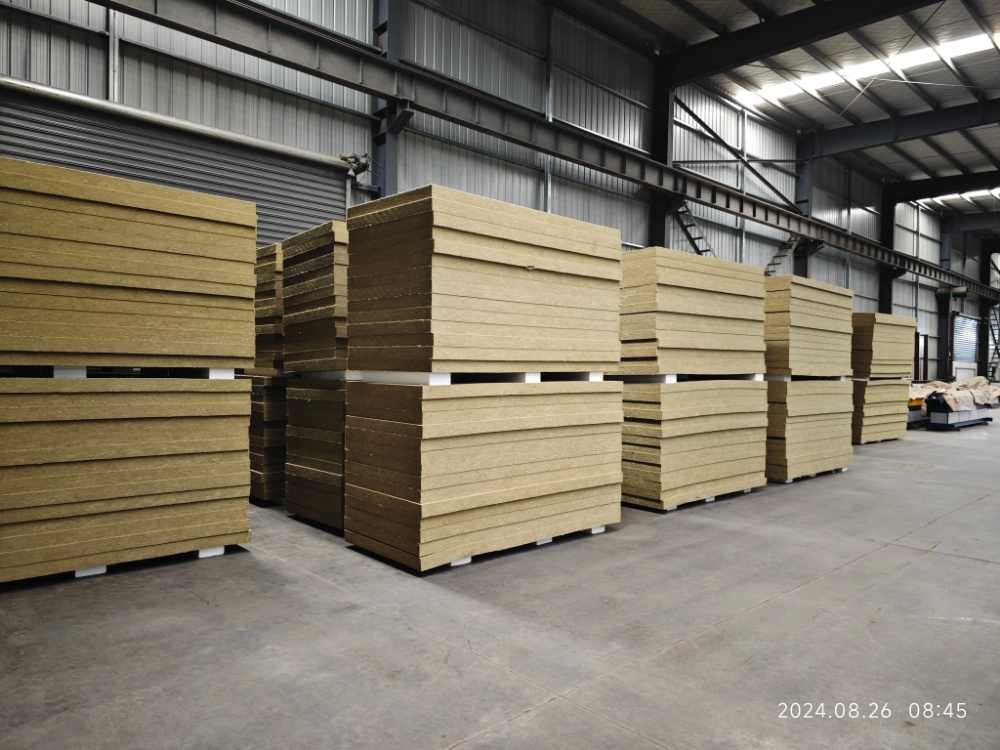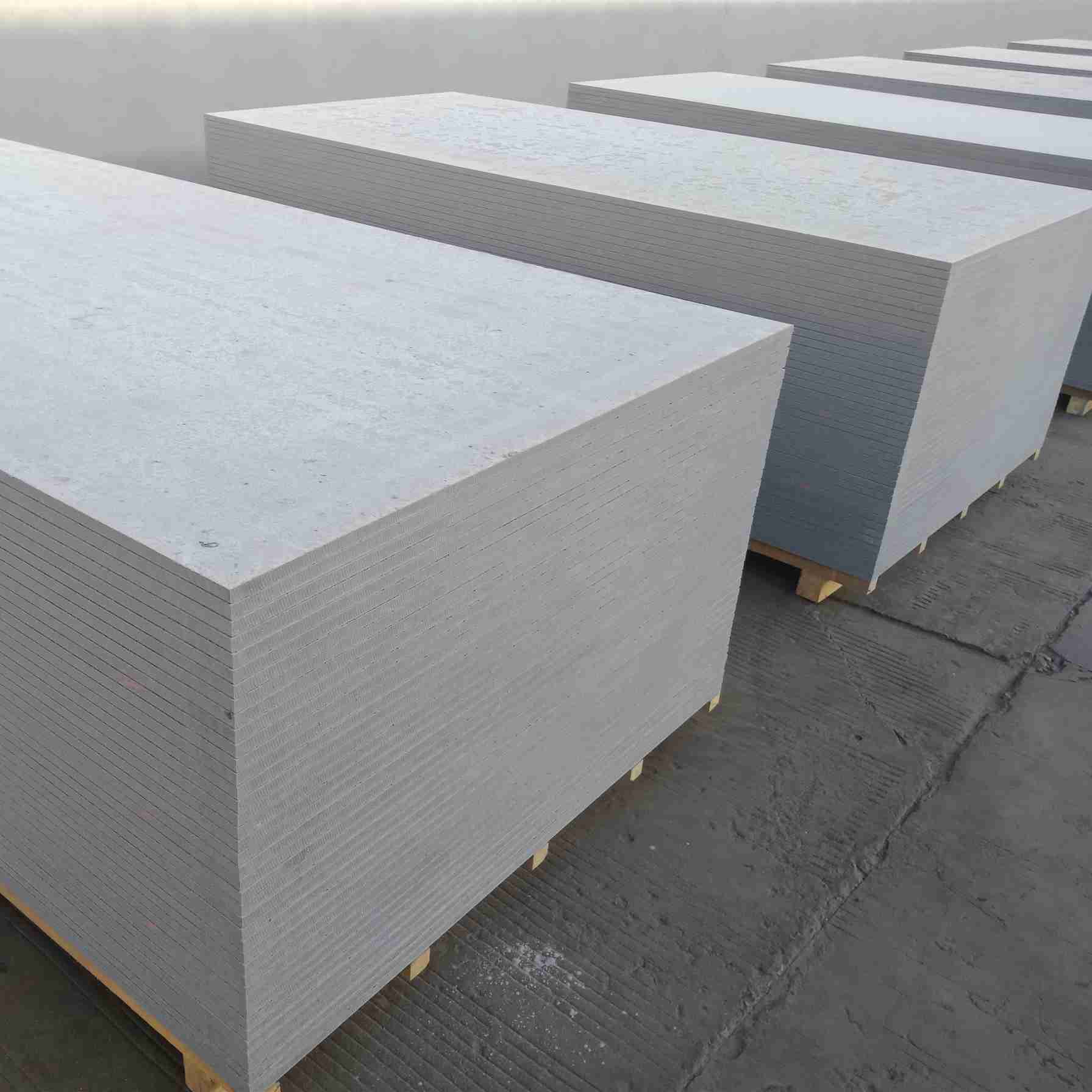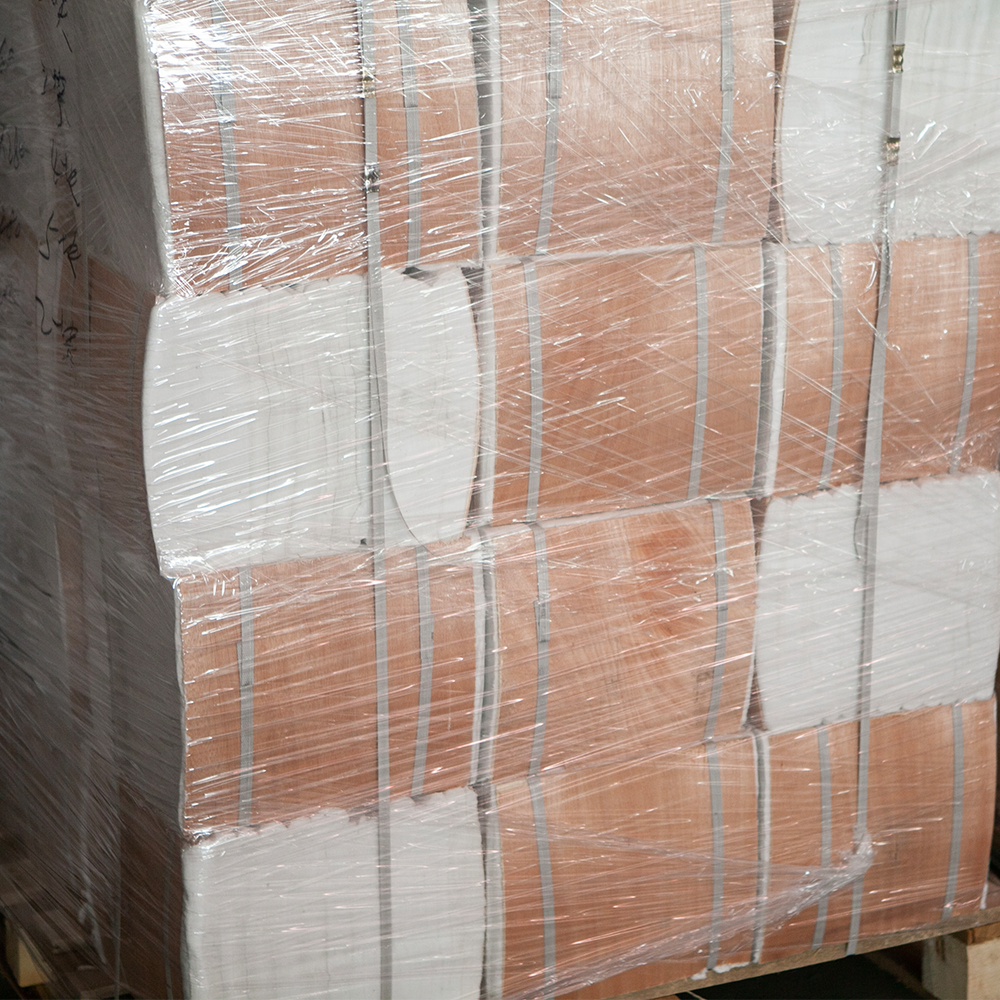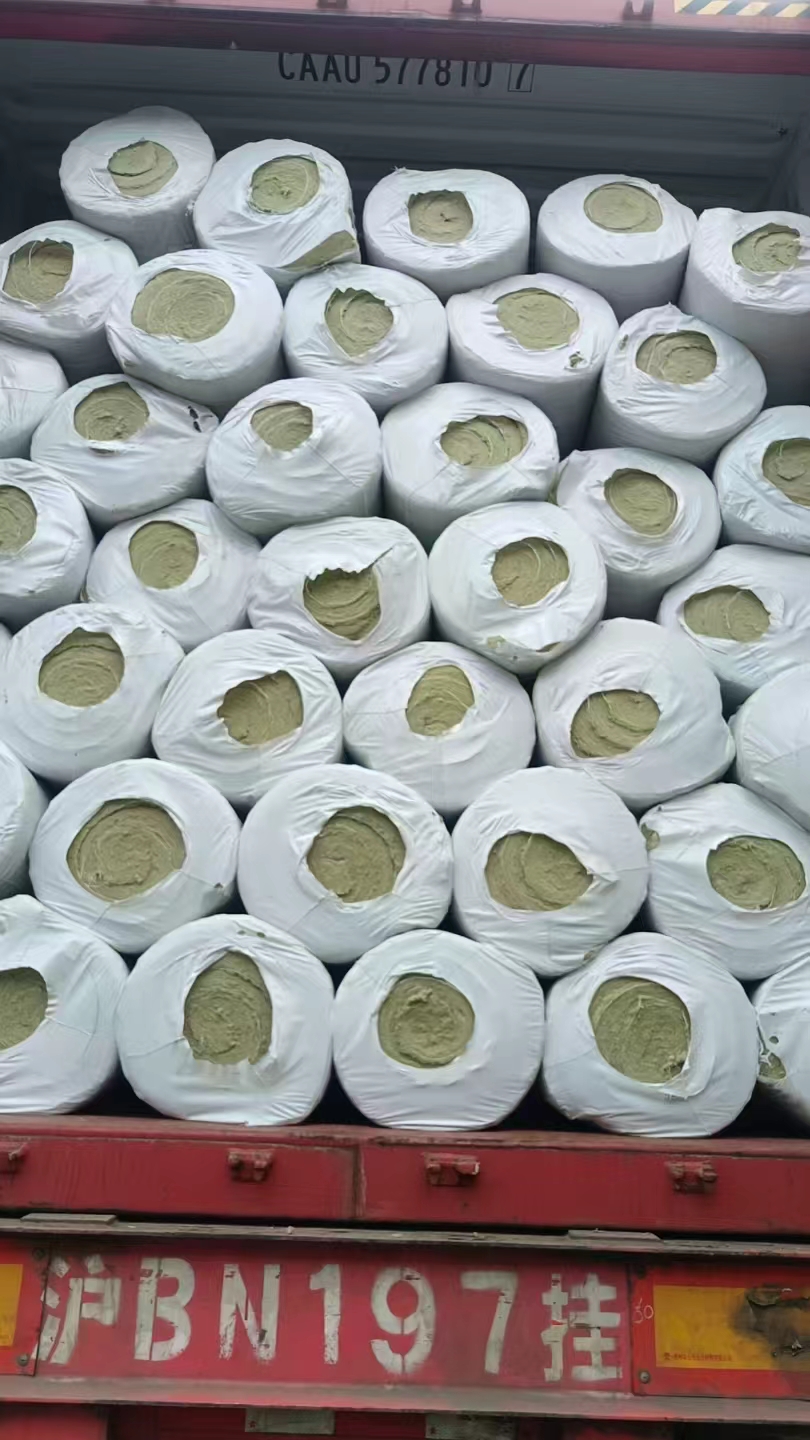In the realm of thermal insulation materials, rock wool boards are widely lauded for their excellent heat - blocking capabilities, fire resistance, and durability. However, one factor that can significantly compromise their performance is moisture. Understanding how moisture impacts the thermal insulation of
rock wool boards is crucial for architects, builders, and facility managers aiming to maintain energy - efficient and long - lasting insulation systems.
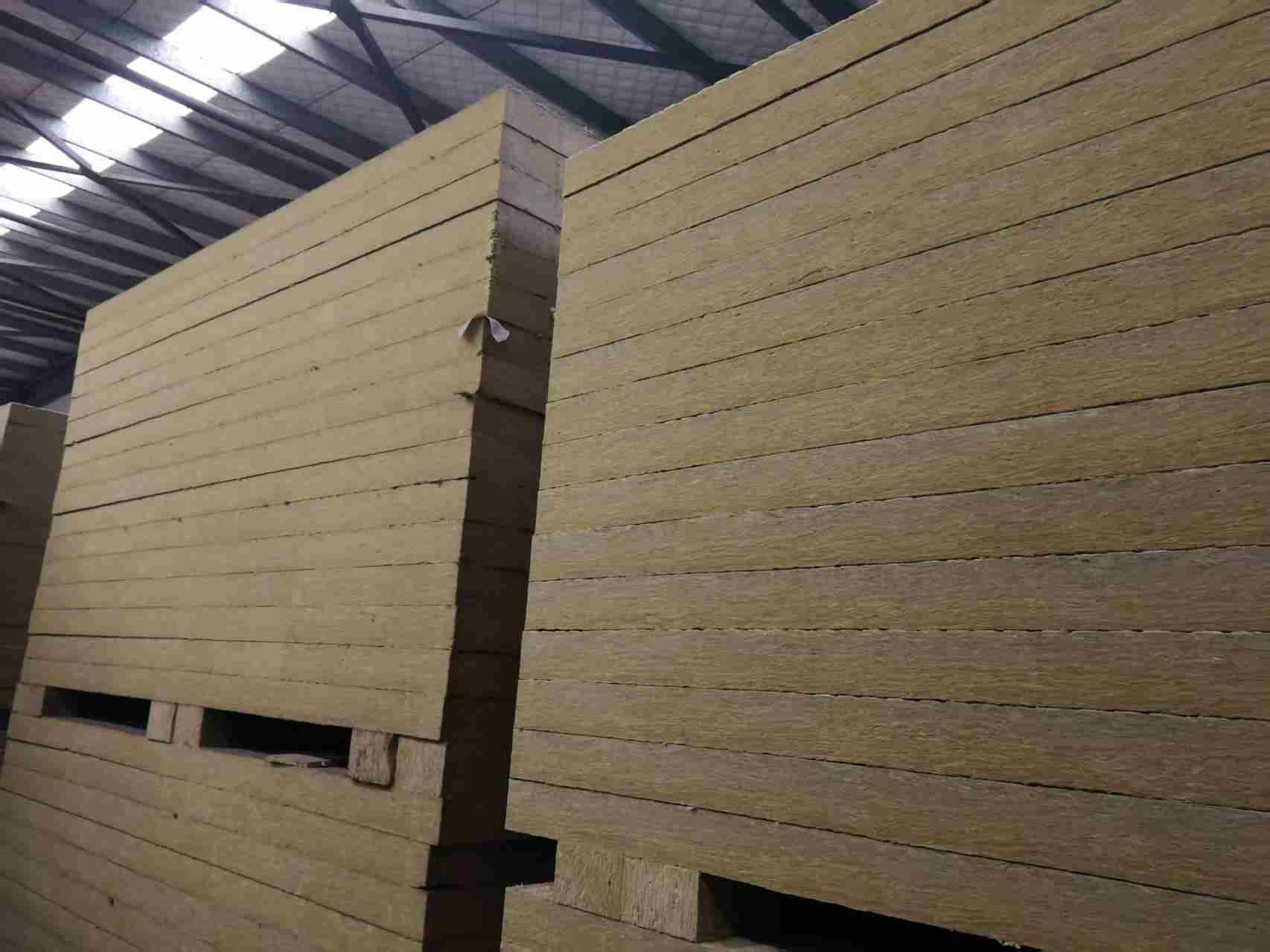
Mechanisms of Moisture Infiltration
Moisture can penetrate rock wool boards through various pathways. In building applications, exterior walls are particularly vulnerable. Rainwater can seep through cracks in the building envelope, while high humidity in the air can gradually be absorbed by the porous structure of the rock wool. In industrial settings, proximity to water sources, steam leaks, or condensation can also lead to moisture accumulation within the boards. Once inside, water molecules start to disrupt the inherent properties of the rock wool.
How Moisture Affects Thermal Insulation
Rock wool's thermal insulation effectiveness is primarily due to its fibrous structure, which traps countless tiny air pockets. Air, being a poor conductor of heat, acts as an excellent insulator. However, when moisture replaces these air pockets, the thermal conductivity of the rock wool board increases significantly. Water has a much higher thermal conductivity than air, approximately 24 times greater. As a result, the board's ability to resist heat transfer diminishes rapidly.
For example, a dry rock wool board with a thermal conductivity of 0.035 W/(m·K) might see its value increase to 0.1 W/(m·K) or more after significant water absorption. This dramatic rise in thermal conductivity means that more heat can pass through the board, leading to higher energy consumption for heating or cooling in buildings and reduced efficiency in industrial insulation applications.
Long - Term Effects on Rock Wool Board Integrity
Prolonged exposure to moisture not only reduces the thermal insulation performance but also weakens the physical integrity of rock wool boards. The presence of water can cause the bonding agents within the rock wool to degrade, leading to fiber separation and a loss of structural strength. This makes the boards more prone to damage during handling, installation, or normal use. In addition, moisture - laden rock wool becomes a breeding ground for mold and mildew, which can further deteriorate the material and pose health risks in indoor environments.
Real - World Case Studies
In a multi - story residential building in a coastal area, improper installation of rock wool board insulation in the exterior walls allowed seawater - laden air to infiltrate the insulation over time. As a result, the building's heating costs increased by 30% within two years, and inspection revealed significant degradation of the rock wool boards. Similarly, in a food processing plant, steam leaks from pipes damaged the surrounding rock wool insulation, causing frequent temperature fluctuations in the production area and a decline in product quality.
Mitigation Strategies
To safeguard the thermal insulation performance of
rock wool boards against moisture, several preventive measures can be taken. First, proper installation is key. Using waterproof membranes or vapor barriers during the installation process can effectively block moisture from reaching the rock wool. In areas with high humidity, choosing rock wool boards with enhanced water - repellent properties, such as those treated with special coatings, is advisable. Regular inspection and maintenance of insulation systems, especially in industrial settings, can help detect and address moisture - related issues promptly.
In conclusion, moisture poses a significant threat to the thermal insulation performance and longevity of rock wool boards. By understanding the mechanisms of moisture infiltration and its detrimental effects, and by implementing appropriate mitigation strategies, professionals can ensure that rock wool insulation continues to provide reliable and efficient heat - blocking capabilities, contributing to energy savings and sustainable building and industrial practices.

